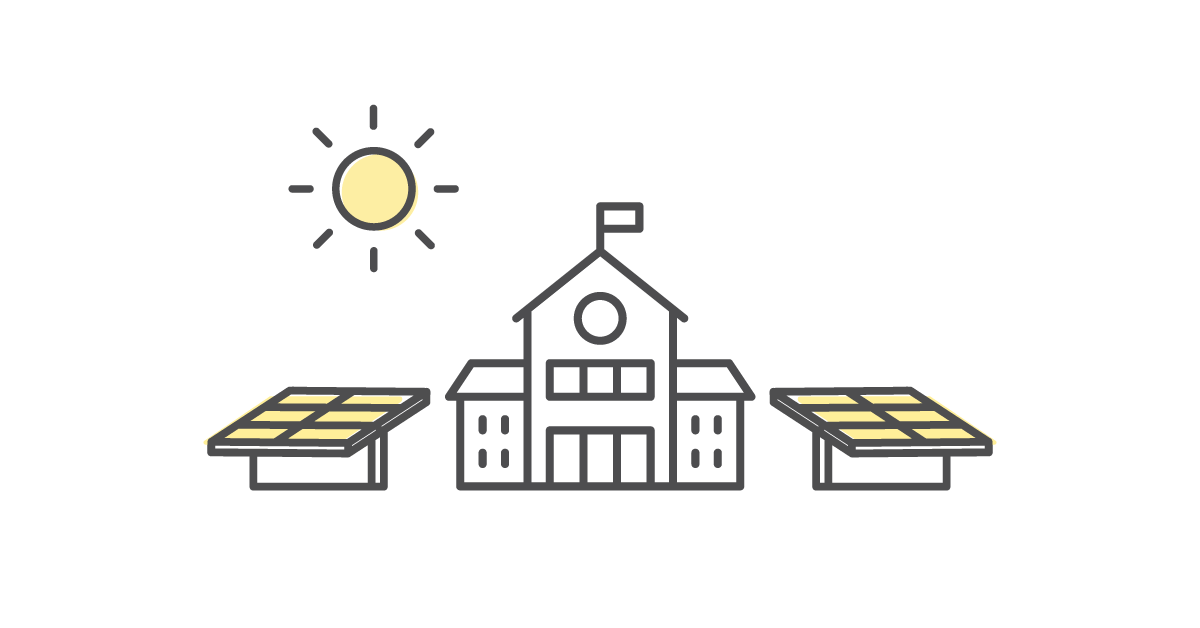 Why go solar
Why go solar
Timing
When a school district is looking to gain approval and public funding for new or upgraded facilities, they need to look closely at the cost of construction and the cost to operate those facilities. Solar will increase the upfront costs of a project but will quickly and efficiently start to provide a return on that initial investment. Additionally, by incorporating solar into a large-scale capital improvement, school districts can also build in other operational and design efficiencies.
Cost Savings
Solar can quickly and easily offset the energy demands of these buildings and, over time, potentially even save a school district millions of dollars in energy costs. This is especially true if the district applies for and receives grant funding to help offset the system’s cost at the installation time.
Grant Funding
The U.S. Department of Energy offers funding for K-12 school districts to make upgrades that will lower facilities’ energy costs and foster healthier learning environments for students.
Districts can now apply for the Renew America’s Schools grant, which offers up to $80 million of the $500 million program, to make energy improvements, especially in the highest-need districts across the country.
Environmental Responsibility
School districts often have multiple buildings with relatively large footprints and high energy demands. Many of these buildings have small windows of high-level occupancy (6 to 7 hours for five days a week over about nine months) where students and faculty are in attendance. Still, the facilities are typically open 10 to 12 hours a day and often accessible 12 months of the year. Unfortunately, the combination of the scale of the properties and the hours of use result in a rather large carbon footprint. However, solar can significantly reduce that by providing a district with clean, renewable energy all year round.
Positive Message
Monona Grove High School in Monona, Wisconsin, installed the state's largest K-12 solar project in 2022. When asked about the decision to go solar, Peter Sobol, the Monona Grove Sustainability Committee chair, said, “There’s no downsides to this decision to do this,” Sobol said. “It saves money, it’s good for the environment, it’s a positive message for students, it’s an educational message for students.”
To learn more about how your school district can make a move to environmentally friendly, clean, renewable solar energy, contact an All Energy Solar representative.





